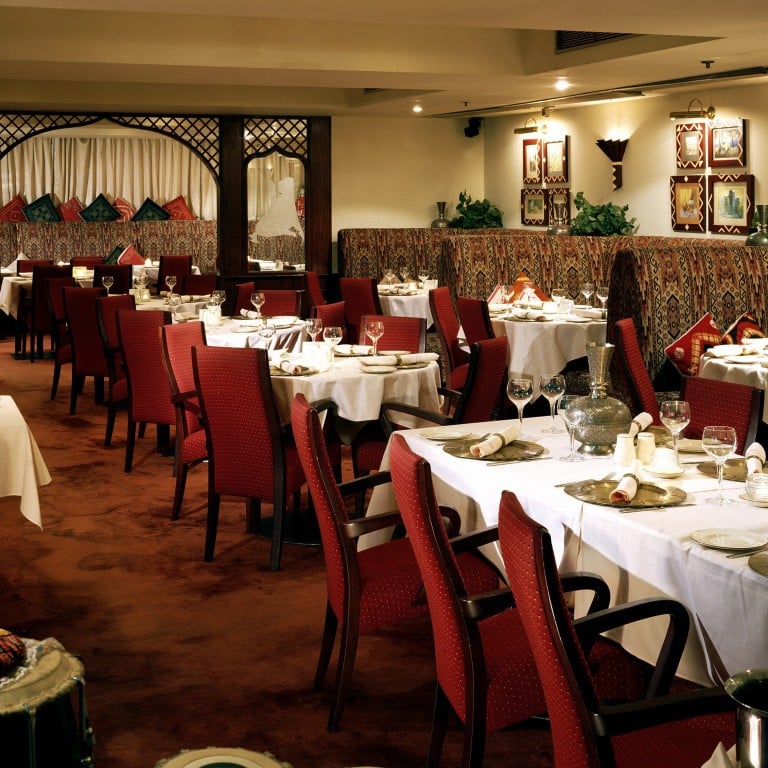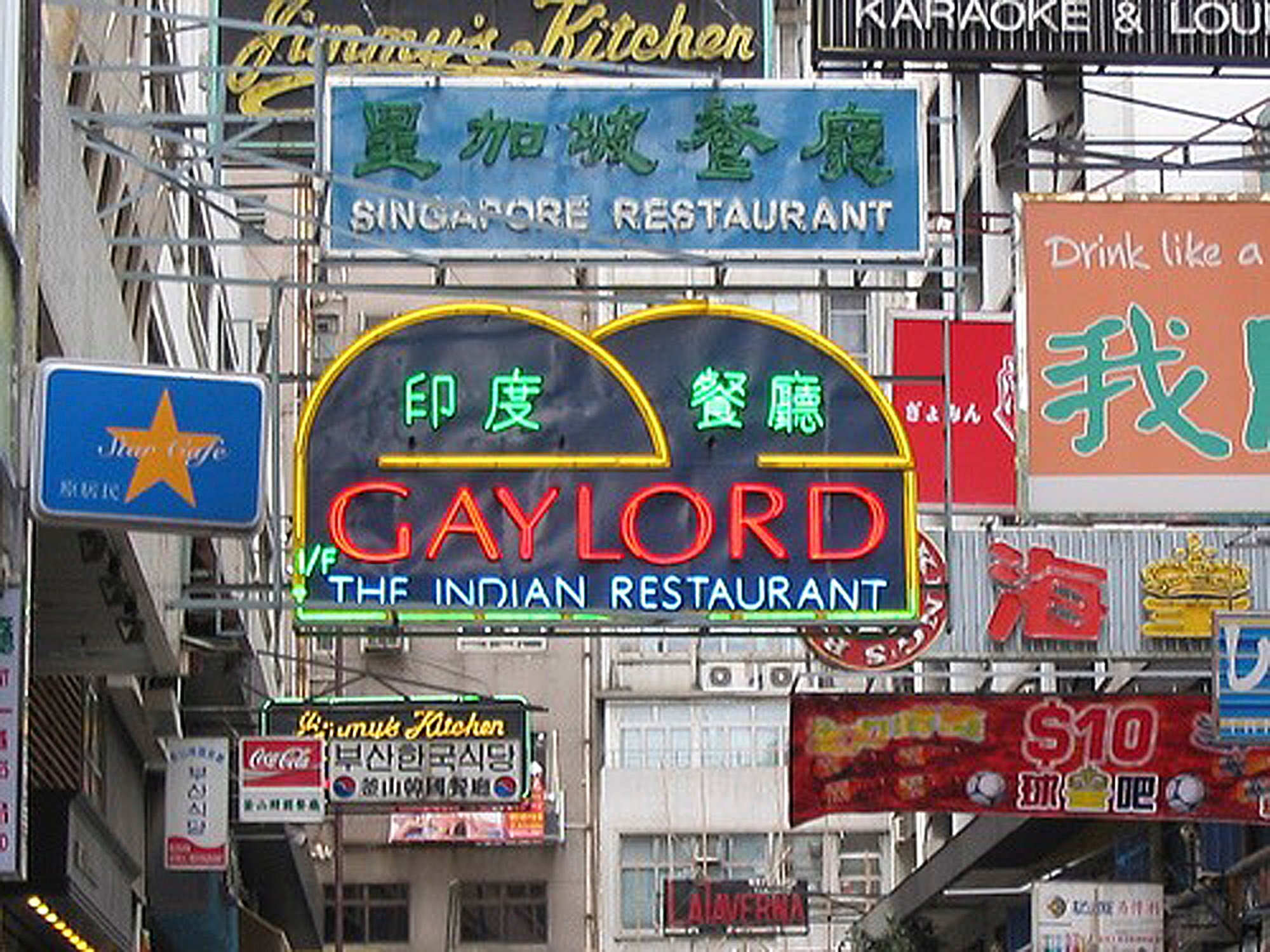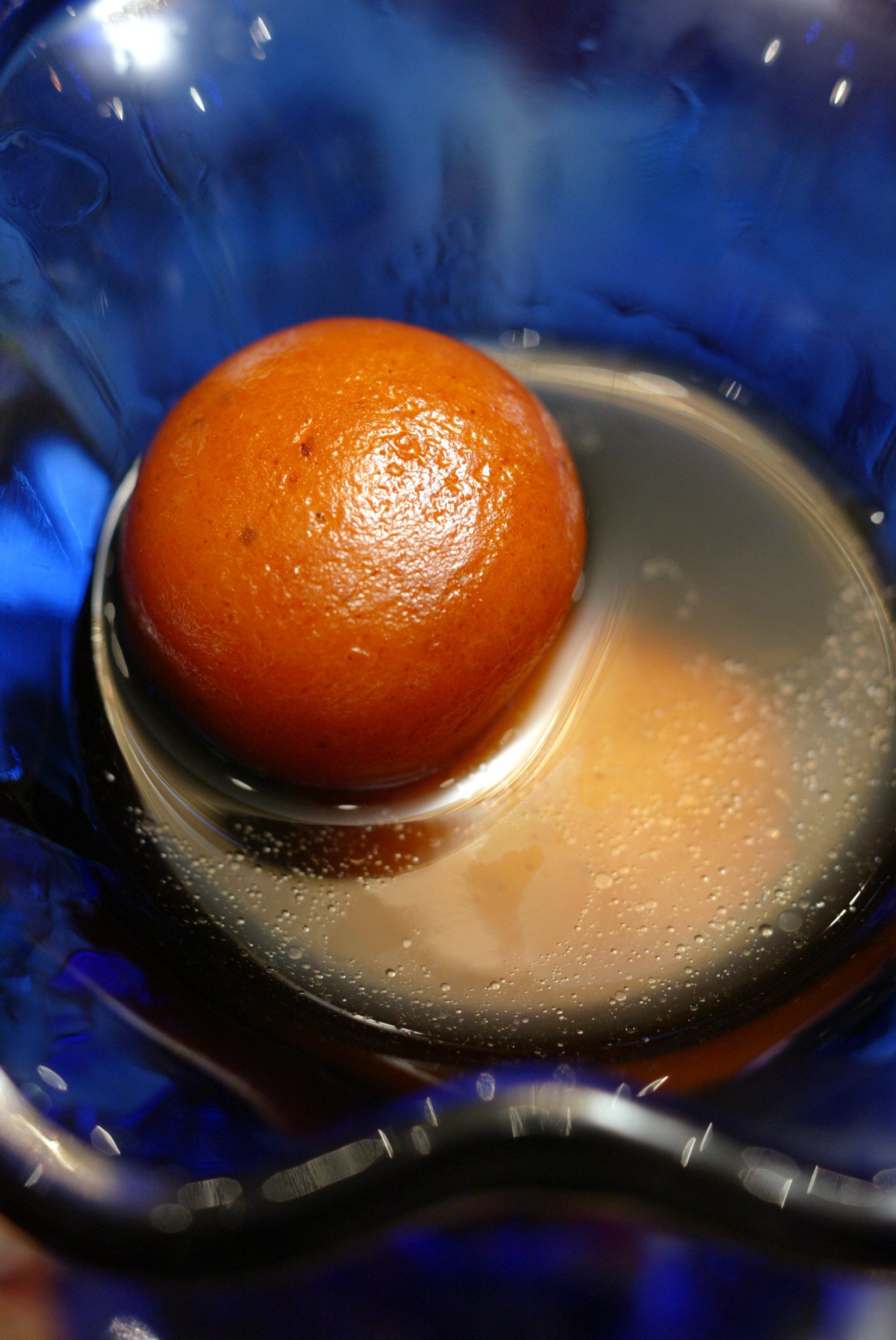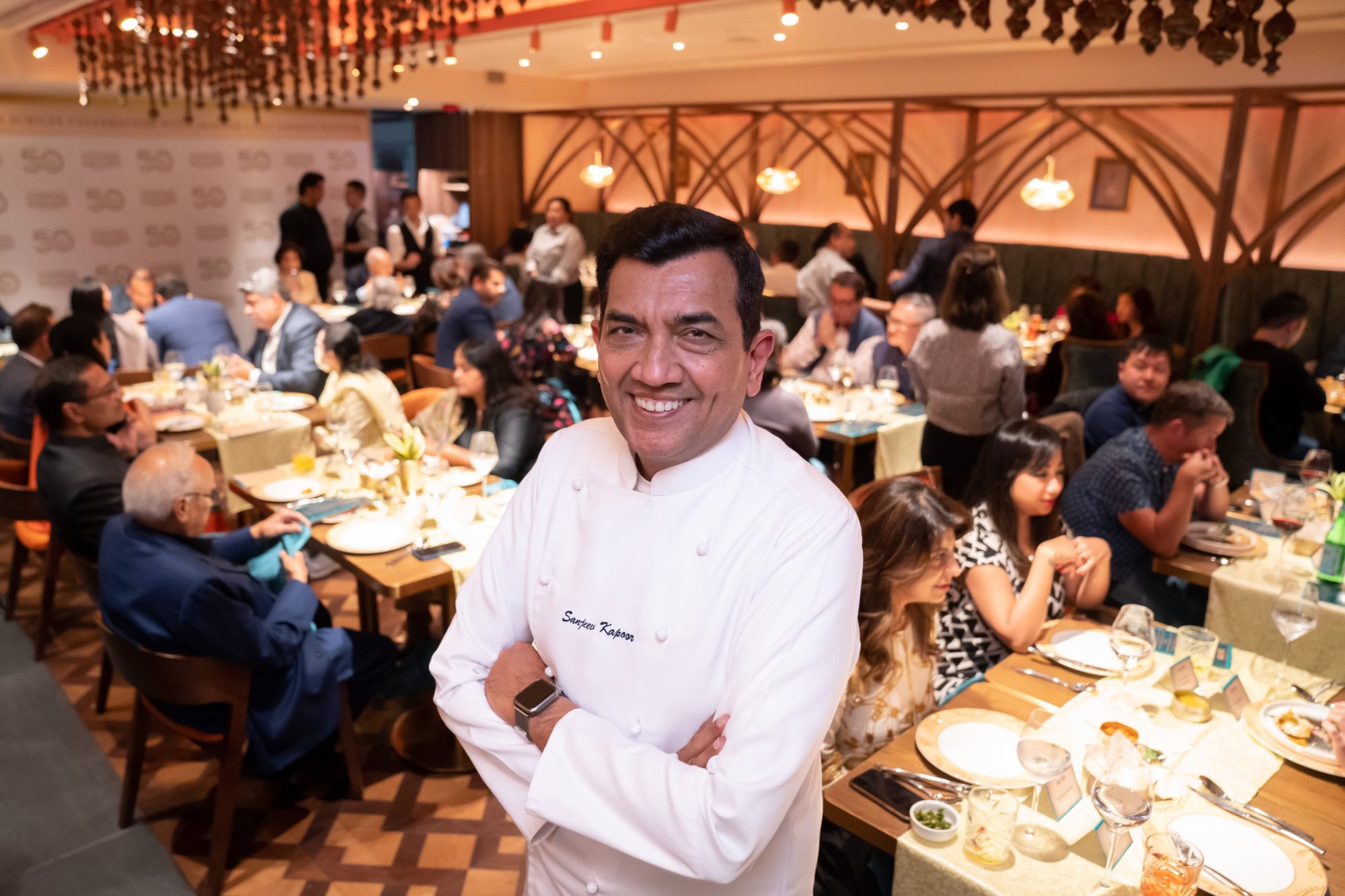
50 years of Gaylord Indian Restaurant – the story of a Hong Kong icon
- Opened in 1972 with backing from wealthy Hong Kong family the Harilelas, Gaylord became an institution, attracting the city’s leaders, sports and movie stars
- Rajeev Bhasin, hired as manager and now its owner, recalls how he ‘put his foot down’ to ensure its success, and explains why it won’t move to Hong Kong Island
In a city like Hong Kong, where most dining establishments are lucky to survive five years, Gaylord Indian Restaurant just celebrated its 50th year in business. How has it achieved such remarkable longevity, you may ask.
There are various factors, but one of them is that the Tsim Sha Tsui restaurant was a kind of canteen for one of the city’s most prominent families, the Harilelas. The family, headed by its late patriarch Hari Harilela, have been intrinsic to Gaylord from the beginning.
Although they’re no longer involved in the business, the sentimental attachment is still there – as evidenced by the numerous senior family members who attended a cocktail party and gala dinner to mark its half-century in early March.

Hong Kong’s own Gaylord, in Tsim Sha Tsui, was run by Hari’s younger brother Bob Harilela. The successful operation was passed to the second generation in 1990, as fourth brother Gary’s son Raju took over, and opened numerous other restaurants.
I realised you can’t compromise on quality and sometimes you need to fight for your business even with your boss.
To help him manage the place, Raju hired a 26-year-old who was working for the prestigious Taj Hotel Group in India. That young man, Rajeev Bhasin, would be a part of Gaylord even after 32 years. In 2021, he became the owner.
“Even back then, Gaylord was a legendary restaurant,” says Bhasin, who arrived in Hong Kong in 1991. “I met a lot of people over the years, from [former Hong Kong governor] Chris Patten, [former Hong Kong chief executive] Donald Tsang, to a lot of Bollywood stars.
“And I had to look after the Harilelas. The restaurant was next to Dr. Hari’s offices, so they would all come. Out of 20 tables, 10 might be family members.
“We also did a lot of functions at their home. Every week I’d get a call: ‘we need some desserts, we need samosas, chicken tikkas’ and all sorts of things. Even though their kitchen is double the size of my kitchen,” he reminisces with a laugh.

Eventually Bhasin, as manager, had to put his foot down.
“So, we changed things and improved the balance sheet. Then they were surprised how profitable the restaurant could be. From two restaurants – Gaylord and Viceroy – we, as a group, expanded to 14 restaurants.
“I realised you can’t compromise on quality and sometimes you need to fight for your business even with your boss.”

By 2002, Bhasin had become managing director of the family’s restaurant group. But his heart remained with Gaylord. To him, the key to Gaylord’s continued success was to expand its customer base, from Indians and British expats to appealing to local Chinese clients too.
“The locals were very scared of Indian food. The flavours were too strong for them. They [liked] curry but the fast food style of curry,” Bhasin recalls.
“They weren’t used to the Indian flavours, with fenugreek and coriander. So we started a lunch buffet. We had all classic items and people loved it. They wiped out the whole buffet, eating three plates of food. They realised that Indian food is not all spicy.

“When I came, Gaylord had about 15 per cent Chinese customers. Today I have 60 per cent Chinese customers.”
With the Harilelas’ interests drifting towards hotels and other businesses, the family sold Gaylord and all its restaurant properties in 2006. Bhasin continued as manager for the new owners.
In 2012, he joined another hospitality enterprise, the Mayfare Group, and convinced them to add Gaylord to their portfolio. Along the way, he developed other popular Hong Kong restaurants including Namo, Gunpowder Indian Restobar, Quiero Mas and The Bayside.
‘I thought it was a mistake’: top UK Indian chefs on chicken tikka masala
Bhasin finally became a restaurateur and his own boss in 2021 when he started the Silver Oak Group – with partners Tony Brar and Sunny Sekhon – and they acquired Gaylord’s proprietorship. Thirty years after being hired as the restaurant’s manager, Bhasin was now the owner.
At this point, he felt self-assured enough to put his own stamp on the institution. To start, he rejected moving Gaylord from Kowloon to Hong Kong Island in 2018 when its Ashley Road address of 30 years was set for demolition.
“We did think maybe this was the time to move to [the] Hong Kong side, but I want to keep the Gaylord legacy in this place.” Bhasin says. “I know the spending on the other side is higher, there’s more wine sales, but ultimately we decided, ‘no, we should keep it in Tsim Sha Tsui’.
“We get a lot of customers from the surrounding hotels and we also get several rounds of customers each night.

“Chinese locals tend to come around 6.30 to 7pm. Expats and businesspeople come around 8pm. We also get many Indians who come after 9pm who want to sing Indian songs on the karaoke. I actually had to put my foot down and tell these regulars to not come before 9.30pm so they don’t disturb other diners.
“This is partly why I didn’t move to Hong Kong. I don’t want to lose all these customers.”
He’s also tweaking the menu by adding some lighter, more contemporary dishes designed by Indian celebrity chef Sanjeev Kapoor, to be featured for the next six months, highlighting produce from coastal seafood regions of the Indian subcontinent.
Lastly, now that Hong Kong’s borders have reopened, Bhasin promises to bring back a favourite of Gaylord regulars – the beloved classical Indian musicians performing during dinner.

“We stopped having musicians during Covid because we couldn’t get visas for them,” he says. “The thing is, it wasn’t Indian guests who complained. It was the Chinese and Western customers asking, ‘where’s your tabla drummer and singer?’ I realise how much people miss that.
“Now that Hong Kong is open again, we’re applying for the visas. Hopefully in a couple of months, they’ll be back. And it won’t be Bollywood disco. We want slow, old songs.”

